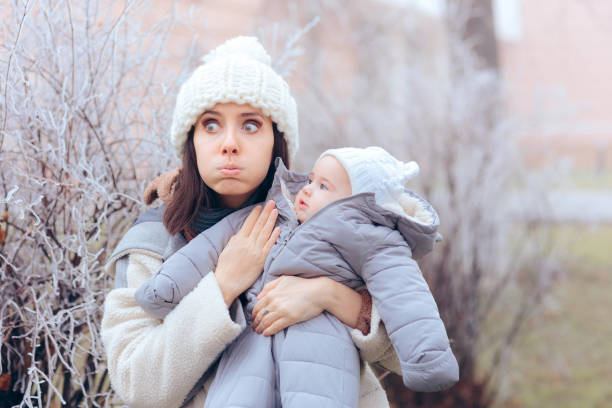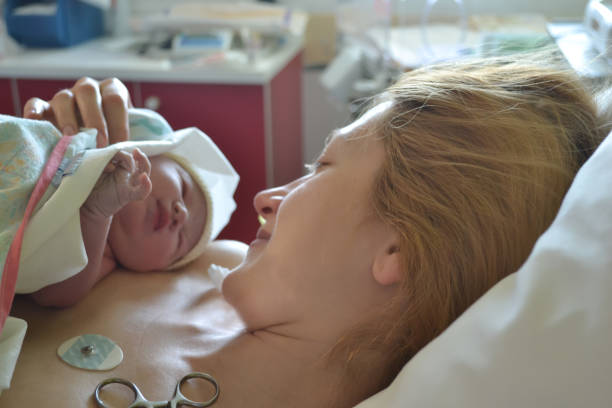Hypothermia, or abnormally low body temperature, is a common and potentially dangerous condition in newborns, particularly in premature or low-birth-weight babies. Neonates are especially vulnerable to temperature instability because their bodies lack the mechanisms to effectively generate and retain heat. Proper thermal regulation is vital during the early neonatal period to prevent complications and support overall survival and development.

1. What is Hypothermia in Newborns?
Hypothermia occurs when a newborn’s body temperature drops below the normal range:
- Mild Hypothermia: 36.0–36.4°C (96.8–97.5°F).
- Moderate Hypothermia: 32.0–35.9°C (89.6–96.7°F).
- Severe Hypothermia: Below 32.0°C (89.6°F).
2. Why Are Newborns Prone to Hypothermia?
Several factors contribute to a newborn’s susceptibility:
- High Surface Area-to-Body Mass Ratio: Newborns lose heat faster than adults due to their small size and large surface area.
- Thin Skin: Makes heat loss through radiation and evaporation more likely.
- Limited Fat Stores: Especially in premature babies, the lack of insulating subcutaneous fat increases vulnerability.
- Immature Thermoregulatory System: Neonates cannot shiver to produce heat and rely on non-shivering thermogenesis through brown fat metabolism.
3. Causes of Hypothermia
- Environmental Exposure: Delivery rooms, transport, or home environments that are too cold.
- Inadequate Warmth Post-Delivery: Failure to dry and wrap the baby immediately after birth.
- Illness: Conditions like sepsis or hypoglycemia can impair the body’s ability to regulate temperature.
4. Effects of Hypothermia on Newborns
- Metabolic Stress: Increased energy consumption leads to hypoglycemia.
- Impaired Organ Function: Can affect the heart, lungs, and brain, potentially leading to respiratory distress or neurological damage.
- Increased Risk of Infections: Weakened immune response in a cold-stressed state.
- Poor Growth: Chronic hypothermia impacts weight gain and development.
5. Preventing Hypothermia: Thermal Regulation Strategies
Effective thermal management begins at birth and continues throughout the neonatal period:
- Skin-to-Skin Contact: Placing the baby on the mother’s chest immediately after birth helps regulate body temperature.
- Warm Delivery Environment: Ensuring delivery rooms are warm and free from drafts.
- Immediate Drying and Wrapping: Thoroughly drying the baby and wrapping them in warm blankets or clothing.
- Use of Warmers: Radiant warmers or incubators for high-risk babies, especially those born prematurely.
- Kangaroo Care: Prolonged skin-to-skin contact not only stabilizes temperature but also promotes bonding and breastfeeding.
6. Recognizing and Treating Hypothermia
Signs of hypothermia in newborns include:
- Cool, pale, or bluish skin.
- Lethargy or poor feeding.
- Weak cry or shallow breathing.
Treatment Steps:
- Rewarming: Gradual rewarming using warm blankets, skin-to-skin contact, or incubators.
- Monitoring: Continuous temperature monitoring to avoid complications from rewarming too quickly.
- Addressing Underlying Causes: Treating infections or other conditions contributing to hypothermia.
Conclusion
Thermal regulation is a cornerstone of neonatal care, as hypothermia can have serious and even fatal consequences. By implementing simple yet effective strategies such as skin-to-skin contact and creating a warm environment, caregivers and healthcare providers can protect newborns from cold stress, ensuring a safe and healthy start to life.







